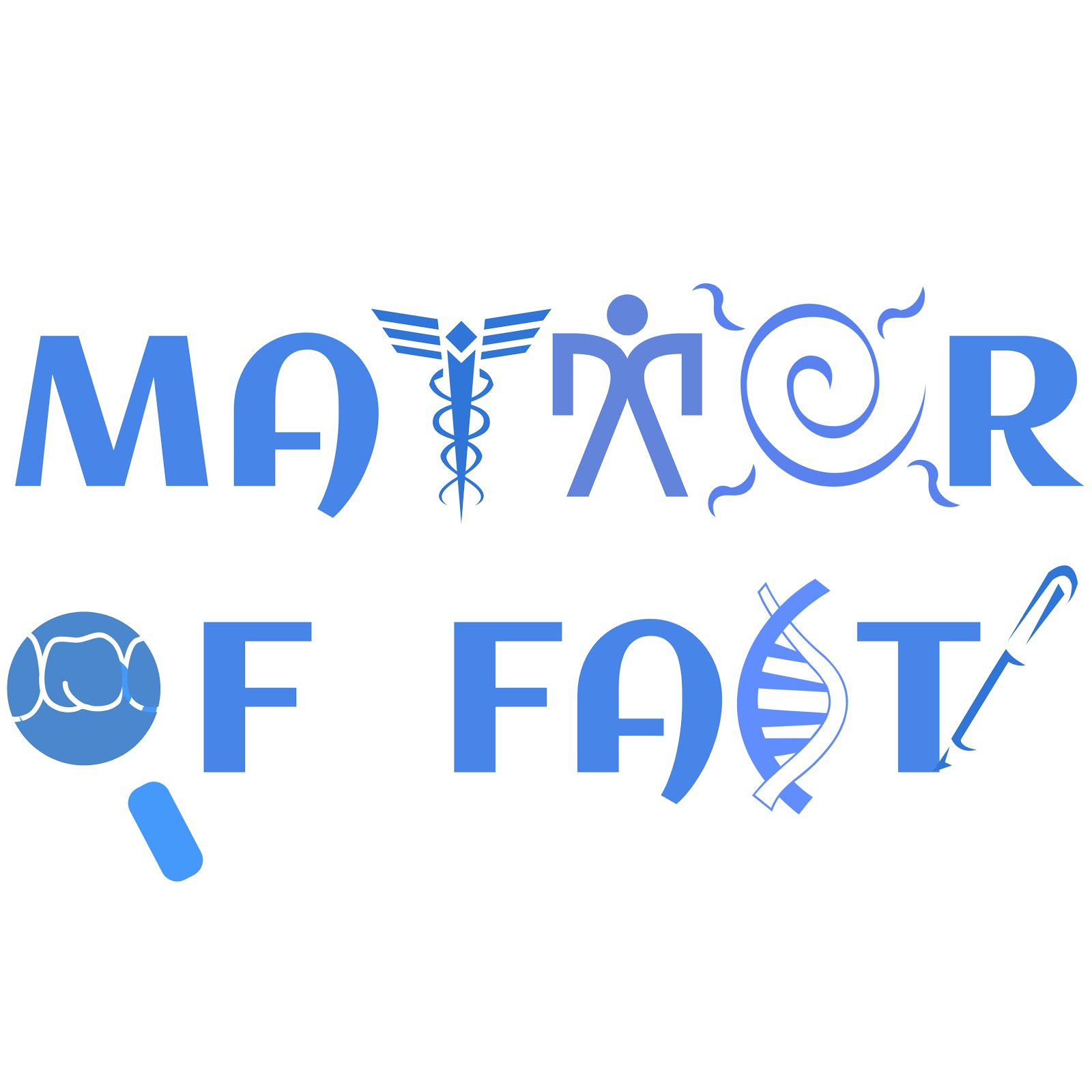INTRODUCTION
Periodontics has entered the adventure story of metamorphosis that explores and understands human body mechanisms at biomolecular levels.
Periodontitis could be a chronic disease characterised by mononucleate cell infiltration into gingival tissues, resulting in connective tissue destruction and alveolar bone organic process.
Several therapies are tried to regain the lost periodontium and management this chronic inflammatory method caused by the periodontopathic organism.
The most organisms related to periodontal disease are
- Porphyromonas gingivalis
- Treponema denticola
- Tannerella forsythus
- Aggregatibacter
- Actinomycetemcomitans.
Probiotics are outlined as living microorganisms, chiefly microorganism, that are safe for human consumption and once eaten in adequate quantities, have useful effects on human health, on the far side basic nutrition.
Conventional treatment modalities of periodontitis embrace non-surgical and/or surgical management, with a stress on mechanical debridement.
However, mechanical debridement as a sole medical care isn't forever effective to boost clinical parameters.
Over the years, variety of treatments are used as adjuncts to scaling and root planing to maximise advantages of periodontal therapy.
These connected treatments embrace the employment of antibiotics and antiseptics, that are used with an inexpensive degree of success.
Now treatment choices propose fixing ecology of niches, so as to switch pathological plaque to a bioflim of commensalisms.
Probiotics are live microorganisms administered in adequate amounts with useful health effects on the host.
HISTORY OF PROBIOTICS
In 1908, this accolade winner connected the longevity of some Balkans cities to the frequent consumption of hard dairy farm, containing lactobacillus, that reduced the toxins created by intestinal microorganism, promoting health and prolonging life.
In 1954, the German research worker Ferdin and Vergin planned the term “probiotika” that delineated active substances that are essential for a healthy development of life.
First, probiotic species to be introduced in analysis was lactobacillus acidophilus.
Lilly and Stillwell coined the term “probiotics” 1st definition in 1965 as: “Living microorganisms that confer a benefit to the host’s health when given in adequate amounts”
In 1980s scientific investigation concerning healthy properties of ingesting probiotics has multiplied significantly, that boosted their use and crystal rectifier to their look in clinical observe as treatment for diseases adore
- chronic looseness of the bowels
- Immune regulation
- Allergies
- Inflammatory bowel sickness
- Constipation
- Lactose intolerance
- Macromolecule intolerance.
Recently there's massive concern relating to the employment of probiotics to treat oral infections like dental cavities (caries) and periodontal diseases.
However, out there info concerning the results of probiotics on periodontal health continues to be marginal.
PROBIOTICS
Probiotics nano troopers talk over with genera of organisms, that play a vital role in halting, altering, or delaying periodontal diseases.
Probiotics conventionally employed in drugs field are currently accustomed management and treat periodontitis by the introduction of microorganism replacement medical care.
Nowadays, probiotics are wide employed in the oral health perspective because of the emergence of antibiotic resistance and frequent recolonization of treated sites with infective microorganism.
Probiotics are loosely classified in 2 genus
- Lactobaccilus
- Bifidobacterium.
whereas different microorganisms conjointly classified into this cluster includes yeast and moulds e.g.,
- yeast
- Aspergillus niger
- Aspergillus oryzae
- Sochromyces boulardii.
When probiotics reside organisms used for human consumption that are helpful to the hosts, prebiotics are outlined as indigestible oligosaccharides that have an effect on the proliferation of resident commensal bacteria that will then exert probiotic effects.
JUSTIFICATION FOR THE USE OF PROBIOTICS
- It ought to be capable of exerting a helpful result on the host animal, to Illustrate, exaggerated growth or resistance to unwellness
- It ought to be of human origin
- It ought to have high cell viability
- It ought to be nonpathogenic and nontoxic
- It ought to be ready to act or to send signals to immune cells
- It ought to have the capability to influence the native metabolic activity
- It ought to be capable of living and metabolizing within the gut surroundings, to Illustrate, resistance to low pH and organic acids
- It ought to be stable and capable of remaining viable for periods underneath storage and field conditions.
SOME OF THE POSSIBLE MECHANISM OF PROBIOTICS
Several mechanisms are steered to contribute to the probiotic action.
Production of carboxylic acid (a short chain fatty acid) will penetrate the microorganism membrane and acidify the living substance by inhibiting the proliferation of
- Porphyromonas gingivalis
- Eubacterium mutans
- Prevotella intermedia
True bacteria gasseri could be a homofermentative bacteria (metabolism via glycolysis) that's ready to manufacture giant quantities of carboxylic acid.
Other planned mechanisms embrace compound protein – macromolecule cell surface interaction mediate by inter species interactions.
Similarly
- lactobacillus casei
- lactobacillus bulgaricus
- lactobacillus rhamnosus
- lactobacillus acidophilus co-aggregate with Fusobacterium nucleatum
Lactobacillus rhamnosus, and lactobacillus paracasei have sturdy binding activity to primary investment.
Lactobacillus rhamnosus, lactobacillus casei shirota, lactobacillus casei ATCC 11578 forestall adherence of bacteria to secretion investment by neutering its composition.
Production of oxide will inhibit the expansion of unhealthful microorganism.
Streptococcus sanguinis reduces the degree of Aggregatibacter actinomycetemcomitans (in concerning forty five times) and S. mutans.
Production of biosurfactants that forestall microorganism adhesion.
Eubacterium mitis produces a biosurfactant that forestalls adhesion of S. mutans and a few periodontopathogenic microorganism to the tooth surface.
Lactobacillus brevis decreases the degree of nitric oxide synthetases (NOS).
Ingested probiotics will impact resident communities through organic process interactions, an instantaneous alteration in fitness or an indirect alteration in fitness through altered production of host-derived molecules.
The foremost changes of canal microbiome occur in abdomen and small intestine.
MODE OF APPLICATION
Probiotics from the various studies are utilized in the shape of chewable tablets, lozenges and chewing gum.
Because the length of exposure of every of those vehicles will differ, it's not best-known that vehicle is that the best suggests that of delivering probiotics within the oral cavity.
SOME OF THE SYSTEMIC USES OF PROBIOTICS
Atopic dermatitis may be a inveterately lapsing disease of the skin that happens most ordinarily throughout early infancy and childhood.
Use of probiotics, specifically L. rhamnosus GG, showed to be effective in mothers and infants in preventing the event and reducing severity of dermatitis.
Diarrhea may be a common facet impact of antibiotic use.
It are often classified as Clostridium-associated antibiotic diarrhoea or non-Clostridium difficile-associated antibiotic diarrhea.
A series of meta-analysis all over that probiotics considerably scale back the danger of antibiotic-associated symptom in youngsters and adult patients.
Probiotics don't eradicate H. pylori, however they'll diminish the degree of this microorganism within the abdomen.
In association with antibiotic treatments, some probiotics multiplied demolition rates and/or shrivelled adverse effects due to the antibiotics.
The mixtures of prebiotics and probiotics corresponding to bifidobacteria and FOS, lactobacilli and lactitol, and bifidobacteria and galactooligosacharides were employed in trials and have shown promising leads to hypocholesterolemic impact.
PROBIOTICS IN HALITOSIS
Halitosis or oral malodour refers to the foul and unsightly odor originating from the rima oris caused by volatile sulfur compounds (VSC).
Microorganism answerable for VSC production are
- Fusobacterium nucleatum
- Porphyromonas gingivalis
- Prevotella intermedia, and
- Treponema denticola.
A probiotic strain (Weissella cibaria) possesses the flexibility to inhibit VSC production below both in vitro and in vivo conditions.
Lozenges and gum containing Streptococcus salivarius decrease VSC in halitus patients.
Lactobacillus acidophilus and Lactobacillus casei have been determined to inhibit the in vitro proliferation of anaerobic microorganism via the assembly of a robust acid.
Streptococcus salivarius, additionally a possible candidate for an oral probiotic, has incontestable the repressing result on VSC by competition for colonisation sites with species inflicting a rise in levels of VSC.
PROBIOTICS IN PERIODONTICS
- Porphyromonas gingivalis
- Aggregatibacter actinomycetem comitans
- Tanirella forsythus, and
- Treponema denticola
are established perio pathogens covering red and green complexes of Socransky color coding.
Streptococcus oralis and Streptococcus uberis have been reportable to inhibit the expansion of pathogens each within the laboratory and animal models, they're indicators of healthy periodontium. Once these microorganisms are absent from sites within the periodontal tissues, those sites become a lot of susceptible to periodontitis.
L. reuteri lozenges chewed twice daily over a period of forty two days and located important reductions in plaque and animal tissue inflammation. it absolutely was additionally seen that pocket depth, attachment levels and periodontopathogens were considerably reduced.
Probiotics stimulate nerve fibre cells leading to expression of T-helper cell one or T-helper cell two response, that modulates immunity.
Probiotics will mimic response the same as a microorganism however while not periodontal destruction.
The main infective agents related to disease are P. gingivalis, T. denticola, T. forsythus, and A. actinomycetemcomitans.
These microorganisms have a variety of virulent characteristics which permit them to colonize the subgingival sites, escape the host's defence system, and thereby cause tissue injury.
Lactobacillus helveticus demonstrated unharness of short amide stimulate osteoblast to promote bone formation, proposing a vital role in repair of periodontal bone destruction.
The repressing activity exhibited by homofermentative lactobacilli against periodontal pathogens was in the main concerning their production of acid, and not H2O2 or bacteriocin production.
Oral probiotic microorganisms adhere and colonize periodontal tissue together with exhausting non shedding surfaces and become a part of the biofilm.
They ought to not ferment sugars, that after lower the hydrogen ion concentration, thereby leading to tooth decay.
CONCLUSION
Probiotics might function adjunct or replacement therapy substitute antibiotics in managing human periodontal infections in future.
REFERENCE
- Chatterjee A, Bhattacharya H, Kandwal A. Probiotics in periodontal health and disease. J Indian Soc Periodontol. 2011 Jan;15(1):23-8. doi: 10.4103/0972-124X.82260. PMID: 21772717; PMCID: PMC3134041.
- Asok A, Bhandary R, Shetty M, Shenoy N. Probiotics and periodontal disease. Int J Oral Health Sci 2018;8:68-72
- Jayaram P, Chatterjee A, Raghunathan V. Probiotics in the treatment of periodontal disease: A systematic review. J Indian Soc Periodontol. 2016 Sep-Oct;20(5):488-495. doi: 10.4103/0972-124X.207053. PMID: 29242683; PMCID: PMC5676329.
- Alicia Morales, Joel Bravo-Bown, Javier Bedoya and Jorge Gamonal (September 20th 2017). Probiotics and Periodontal Diseases, Insights into Various Aspects of Oral Health, Jane Francis Manakil, IntechOpen, DOI: 10.5772/intechopen.68814. Available from: https://www.intechopen.com/books/insights-into-various-aspects-of-oral-health/probiotics-and-periodontal-diseases.








0 Comments